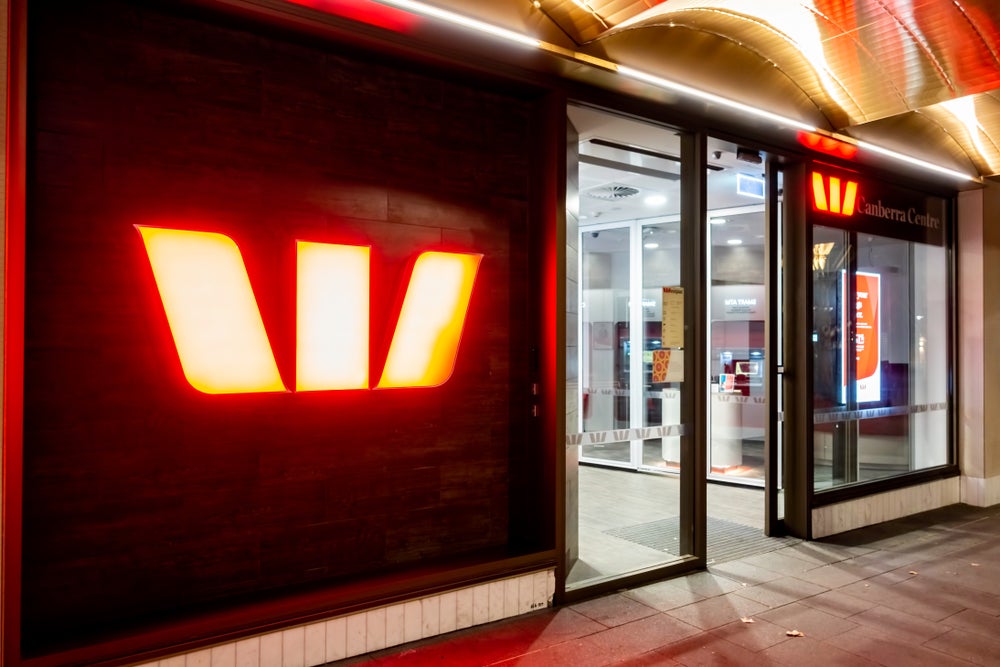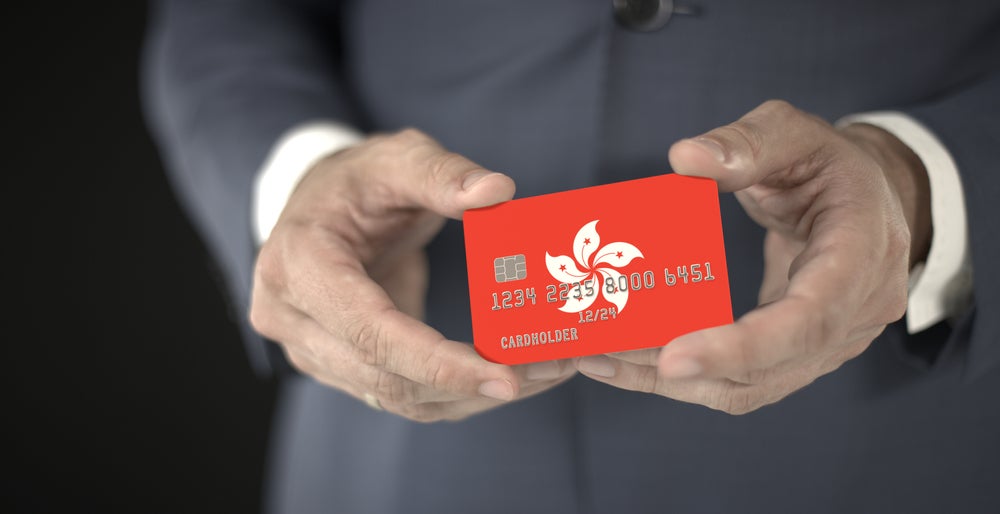card market, the US, is currently facing the prospect of faltering
spending and increasing regulatory and economic pressure.
Nonetheless, revolving credit remains profitable – for the time
being. Victoria Conroy reports.
The profitability of credit card portfolios is an issue that is
becoming increasingly vexing for major US issuers, at a time when
consumer payment habits are undergoing a fundamental shift. An
issuer’s credit card operation typically generates two to three
times the return on assets compared to other bank products, but
this is largely dependent on the relative stability of the national
economy.
The basic components of income in a credit card portfolio are
finance charges, annual and service fees and interchange fees.
Finance charges are the primary revenue source and represent
interest applied to revolving balances, but these can vary widely
depending on the product and pricing range, risk profiles,
competition and regulation.
The most profitable credit card customers are revolvers – those
who carry over monthly credit card debt and accrue interest charges
on top of their balances. Revolvers generate interest income for
issuers on outstanding balances, late fees for late payments and
interchange revenue based on transaction volume.
However, card issuers are less enamoured of customers who pay
off their balances in full each month, known as transactors – or
“deadbeats”, according to some industry players. Although
transactors do generate interchange revenue for issuers, they
typically do not generate interest income, which is far more
profitable. Needless to say, it is the revolvers who attract much
of the attention from issuers.
US card use habits
How well do you really know your competitors?
Access the most comprehensive Company Profiles on the market, powered by GlobalData. Save hours of research. Gain competitive edge.

Thank you!
Your download email will arrive shortly
Not ready to buy yet? Download a free sample
We are confident about the unique quality of our Company Profiles. However, we want you to make the most beneficial decision for your business, so we offer a free sample that you can download by submitting the below form
By GlobalDataThe largest revolving credit card market in the world is the US.
There are over 641 million credit cards in circulation, which
represent over $1.5 trillion in consumer spending. There are an
estimated 115 million US consumers who are revolvers, and according
to global credit scoring provider Experian, approximately 14
percent of the US population have more than ten credit cards.
Nationally, one in seven consumers (14.3 percent) use 50 percent or
more of their available credit.
Experian found its February 2007 National Score Index survey
that US consumers have an average of four credit cards;
approximately 51 percent of the US population have at least two
credit cards; and consumers who use at least 50 percent of their
available credit carry an average of 6.6 credit cards.
According to Experian, 37 percent of survey respondents said
they generally pay the full amount of their credit card bills each
month, while 13 percent usually pay the full amount but not always.
Some 24 percent said they pay as much as they can but usually leave
a balance, and 11 percent report that they usually pay the minimum
but not much more. The remaining 15 percent did not have a credit
card.
Reliance on revolving credit
A look at the change in revolving credit values shows just how
much US consumers have come to rely on revolving credit. In 1977,
households charged a little more than $100 a month on credit cards,
or 3.4 percent of average monthly household income. In 2007, the
average charges are $830, or 20 percent of average household
monthly income. In 2001, nearly $1 in $4 of consumer expenditures
was paid by a credit card.
Today, household spending is 60 percent of the US economy.
Household debt as a percentage of disposable income was at a record
108 percent in 2003.
The average credit card debt among US householders has more than
doubled over the past ten years to roughly $8,000 each, generating
record profits for the issuers. A recent report from the US
Government Accountability Office estimated that about 70 percent of
the US credit card industry’s revenue come from interest and
penalty rates, and penalty rates account for a growing portion.
Several factors have led to the increase in revolving credit,
starting with the elimination of limits on the interest rate a
lender can charge a borrower, which took place a quarter of a
century ago. Research from the Federal Reserve shows that interest
rates on credit cards have remained fairly constant in recent
years, fluctuating within 50 basis points of 13 percent per year
since 2002. However, interest rates on credit card accounts bearing
interest have risen since 2002 from 13.11 percent to 14.73 percent.
This trend is a result of two factors: the increased movement of US
card issuers into subprime lending, and the expiration of teaser
offers that lured revolvers into schemes that would charge a high
rate of interest after an initial period of low or no interest.
Also, technology development enabled lenders to enhance the
quality of data collected from cardholders, and to tailor their
marketing and collection strategies. Easing of credit lending
restrictions enabled lenders to offer cards to a wider section of
consumers, and the automation of information tracking capabilities
made application and issuance functions far more rapid and
efficient.
The role of direct marketing
The evolution of marketing, particularly relating to direct mail
solicitations, has helped to increase the pool of revolvers.
According to Credit Suisse First Boston, the level of direct mail
solicitations for credit card products sent to potential customers
is indicative of the health of the credit card industry. More
offers sent through the mail means more customers are taking up
credit card products.
However, in its most recent research, it reported that industry
mail volume totalled 590 million pieces in June, on a three-month
rolling average, 1 percent higher than May and 17 percent lower
than a year ago.
Credit Suisse First Boston stated that it would be lowering its
2007 mail volume forecast by 500 million pieces to 7.4 billion
pieces – a 10 percent fall from the year-ago period. “We believe
the slowdown is a result of the combination of lower response rates
as well as profit pressures at individual issuers,” it said.
Regulation has also played a part in boosting use of revolving
credit, and some of the legislative changes implemented in the US
card industry have been at the bequest of the issuers and
associated organisations. Minimum monthly payments used to be set
at around 5 percent, but this was reduced to 2 percent, following
intensive lobbying by the card industry. The much-publicised
bankruptcy reform process of 2005 was also driven largely by the
payment industry.
These changes, which were supported by the industry, could be
something of a mixed blessing. Card issuers took a significant hit
in profits and experienced high levels of charge-offs as people
rushed to file for bankruptcy before the new laws came into effect,
and lowering the minimum monthly payment rate extended the
revolving balances of many consumers, making them accumulate even
more interest charges and making them further indebted, leading
them to be more likely to default on payments later.
There have been other challenges to profitability over the
years, which are related to cyclical economic conditions, interest
rate levels and fluctuations in levels of consumer indebtedness and
wealth, but, overall, credit card profitability remains
consistently higher than profitability on other personal lending
business lines.
According to the US Federal Reserve, bank profitability in 2006
was supported by brisk growth in non-interest income and generally
strong asset quality; however, the flattening of the yield curve
and competitive pressures further weighed on net interest margins.
Consumer lending at banks expanded 6.3 percent in 2006, up from 2.2
percent in 2005. Credit card loans, which account for slightly less
than one-half of consumer loans, rose at banks of all sizes.
Figures from the Federal Reserve show that revolving credit in
the US has gradually increased in terms of value over the past five
years. In 2002, $749 billion was outstanding on revolving credit –
at the end of 2006, the figure stood at $878 billion. In July 2007,
the figure had risen to $903.9 billion, a growth rate of 8.4
percent. On first appearances, this seems to indicate a growing
willingness on the part of consumers to make purchases on credit
cards, but it could also be indicative of rising levels of consumer
indebtedness in the face of a falling housing market; homeowners
have long been used to treating home equity withdrawal as akin to
an ATM, withdrawing home equity to pay off credit card bills or
other forms of debt. But tougher credit conditions are making it
difficult for homeowners to refinance and restructure unsecured
debt commitments.
In turn, consumers are less able to make credit card repayments,
leading to a rise in delinquencies and charge-offs for issuers –
and bankruptcies for consumers. But given that it is currently a
relatively low proportion of consumers who are struggling with
repayments, revolving credit is still a significant money-spinner
for issuers.
According to the Federal Reserve, the net interest margins of
banks that specialised in credit card loans rose for the third year
in a row in 2006, and their profitability moved up considerably
more than for the industry as a whole. This is despite changes made
to bankruptcy legislation in the US in October 2005, which was
preceded by a huge spike in bankruptcy filings. Filings returned to
markedly lower levels during 2006, but the delinquency rate on
credit card loans rose, on average, over the year, ending the year
at 3.9 percent, above the year-earlier level.
Future challenges
There are barriers to growing revolving credit, not least the
rising popularity of debit. According to the American Bankers
Association/Dove Consulting 2005/2006 payment study, credit cards
represent 19 percent of consumers’ in-store payments, 55 percent of
internet payments and an increasing number of online bill payments
and automatic payments. Although the number of merchants and
billers accepting credit cards is increasing, credit cards’ share
of in-store payments is down from 21 percent in 2003. Between 2003
and 2005, credit cards’ share of internet purchases fell from 64
percent to 55 percent.
According to the study, debit cards are encroaching on credit
card transaction volume, and debit use has a negative impact on
consumers’ planned credit card use. The study found that 7 percent
of consumers who use debit cards expect their use of credit cards
to decrease over the next two years.
Another Experian study, released at the end of 2006, shows there
has been a 16.9 percent decline in the rate at which consumers are
opening new credit accounts – such as mortgages, auto loans and
credit cards – from 2001 (49.3 percent) to 2006 (41 percent). The
study also found a 12.6 percent increase in the rate at which
consumers are making late payments, at least 90 days past due, on
their credit accounts from 2001 (39.6 percent) to 2006 (44.6
percent).
Additional findings from Experian in its Personal Credit Index
survey on consumer credit card use have found that over the past
few months, consumers have become more wary of the health of the
credit market. Consumer perceptions of the credit markets fell
sharply in March 2007, according to the Personal Credit Index, as
it plunged to 90 in March 2007. This is the lowest level for the
index since November 2006, when it stood at 83.
“One of the key benefits of the Personal Credit Index is the
window it provides on how consumers perceive the credit markets,”
said Dennis Jacobe, chief economist for The Gallup Organization,
which conducted the survey. “If regulators and the banks they
regulate are beginning to pull back on the very easy availability
of consumer credit that has existed during recent years, then
something of an unusual consumer credit crunch could take place. In
fact, the sharp drop in the Personal Credit Index for March may be
signalling that the start of such a consumer credit crunch is
already under way.”
According to Experian’s latest study on the subprime lending
market, published in June 2007, subprime consumers are more likely
to be 30 days or more late on their mortgage payments than on their
unsecured bankcard obligations. As consumers have historically paid
mortgage debt over bankcard debt, this finding represents a
significant departure from conventional behaviour. According to
Experian, over the past four years, bankcard lending to subprime
consumers rose by 137 percent, and mortgage lending to subprime
consumers grew by 58 percent during the same period.
Legislative pressure
Further legislative pressure from US politicians is
intensifying, and it is likely that interchange fees will be the
next issue under the spotlight. Economic conditions are also
receiving greater attention due to the weakness of the US dollar,
the housing market slump and possible contagion of the poor
subprime mortgage environment into other financial sectors – if a
downturn were to occur in the US economy, it would cause consumers
to default in much greater numbers than at present, and issuers
would have to restrict lending to only the most credit-worthy
customers, who are the ones most likely to be transactors and not
revolvers.
It is likely that issuers will be making strenuous efforts to
enhance their data mining, credit scoring and collection strategies
over the remainder of the year, but issuers will also be under
pressure to make revolving credit look attractive to increasingly
wary cardholders.







